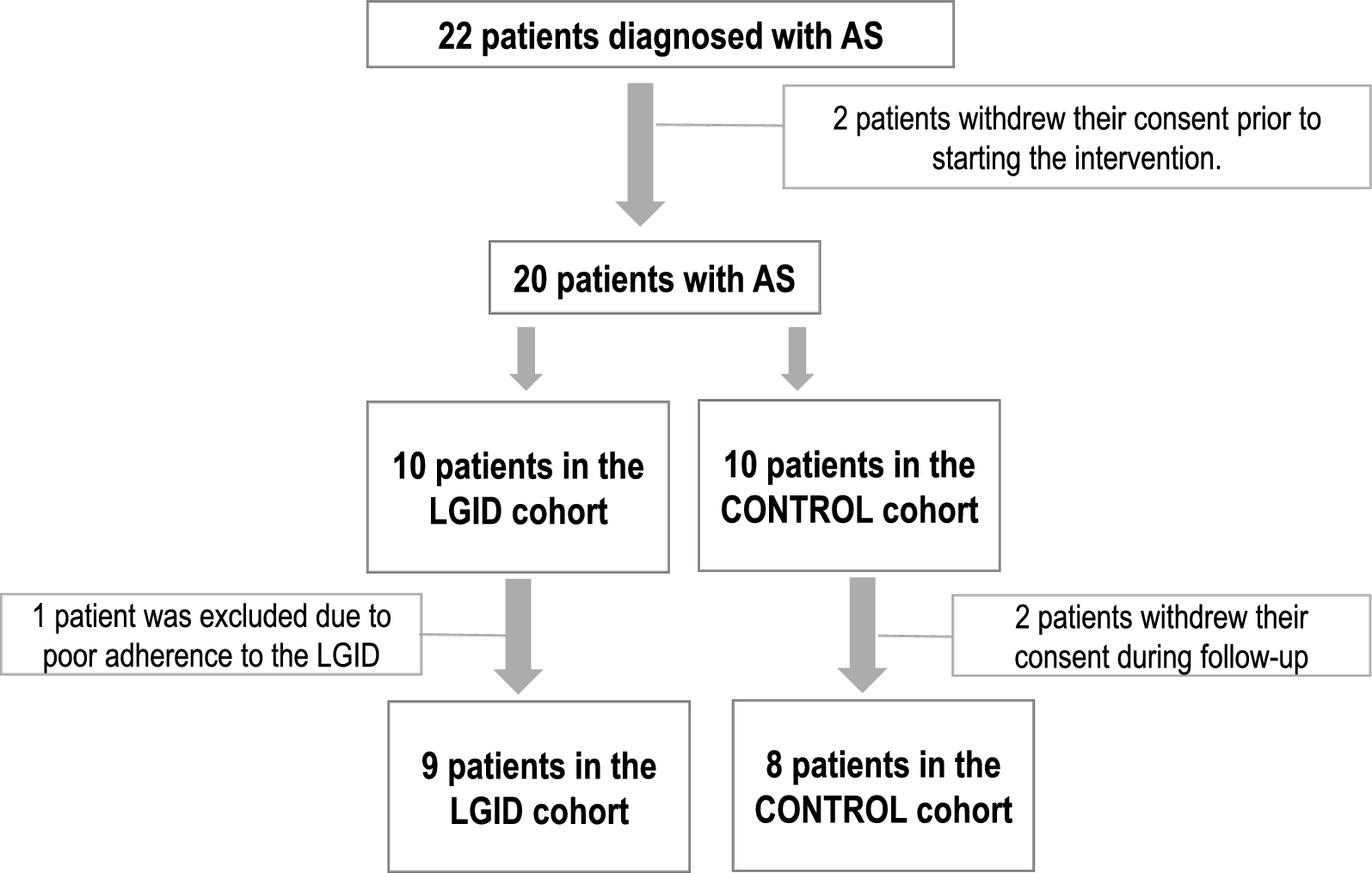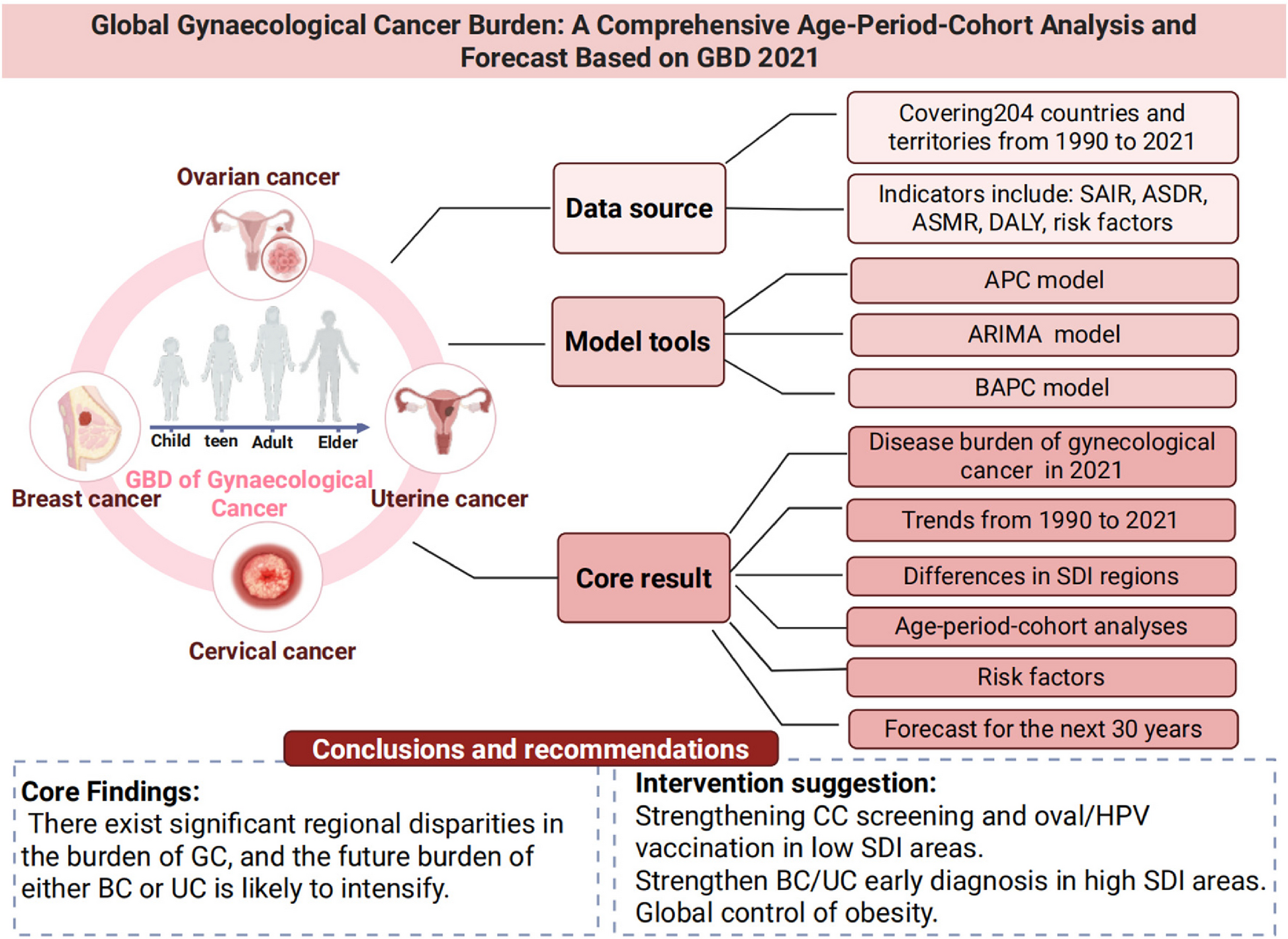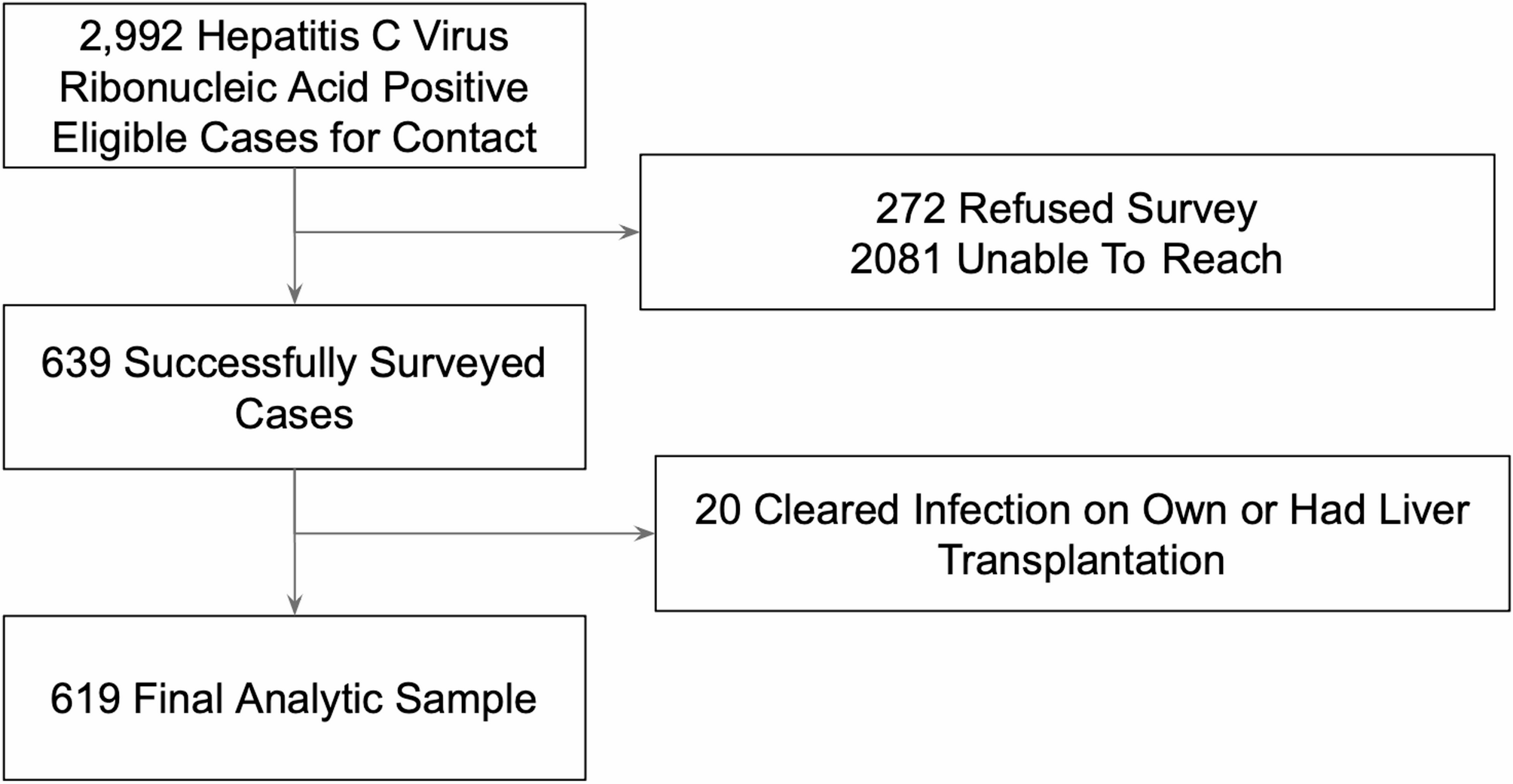We conducted a secondary data analysis of data collected in an ongoing linkage-to-cure project, Project Hepatitis C Virus Connect, a public-academic partnership between the Los Angeles County Department of Public Health and University of Southern…
Blog
-

Commonwealth Games tickets go on sale for Glaswegians
 Getty Images
Getty ImagesLaura Muir took gold at the 2022 Birmingham Commonwealth Games The first batch of tickets for the Commonwealth Games in 2026 have gone on sale.
People living within Glasgow postcode areas who registered in advance had the first…
Continue Reading
-

Efficacy and tolerability of a low-glycemic-index ketogenic diet in Angelman syndrome: findings from the DIANE study | Orphanet Journal of Rare Diseases
Our study, which included pediatric patients with Angelman Syndrome (AS), did not demonstrate that the low-glycemic-index diet (LGID) produces clinical improvement in any of the neurodevelopmental domains assessed using the Bayley Scales of Infant and Toddler Development-III.
Although various publications explore the use of the ketogenic diet (KD) in patients with AS, most of these studies focus on its efficacy for epilepsy control. However, there are few studies where the primary objective is to analyze the potential effects of KD on neurocognitive and behavioral development in this population. Previous research has reported that KD has positive cognitive and behavioral effects in pediatric patients with epilepsy, regardless of seizure control or the number of concomitant antiepileptic drugs [11, 15,16,17]. These benefits include improvements in alertness, attention, reciprocal social interaction, mood, sustained attention, receptive vocabulary, and information processing speed. Furthermore, various reviews have reported subjective data from parents describing their children as “more awake” and “more attentive” after starting the diet [17].
In the specific population with AS, Grocott et al. [18] retrospectively reviewed 23 patients treated with LGID and found that most achieved improved seizure control: 22% remained seizure-free, 43% experienced seizures only in specific contexts such as illness or non-convulsive status, and 30% showed a significant reduction in seizure frequency. Additionally, Thibert et al. [13] conducted a prospective study on the efficacy and tolerability of LGID in AS patients, reporting a reduction in seizure frequency in all patients, a reduction greater than 80% in five of them, and generalized improvements in EEG patterns. This study also reported a subjective perception of neurodevelopmental improvement from parents, although only some of these improvements were statistically significant in neuropsychological assessments.
Our results align with these findings. In our study, we observed qualitative improvement in the EEGs of patients treated with LGID compared to the habitual diet group after 24 weeks of intervention (44% improvement in the LGID group versus 25% in the habitual diet group). Moreover, in the LGID group, only 11% of patients experienced clusters of epileptic seizures, compared to 25% in the habitual diet group, which included one case of non-convulsive status epilepticus.
Although no statistically significant cognitive differences were achieved, a trend toward improvement was observed in receptive language, expressive language, and communication domains in the LGID group. Similarly, subjective parental perception reflected a global improvement in neurodevelopment in most cases. This outcome aligns with previous observations and reinforces the hypothesis that LGID may have neurocognitive benefits in patients with AS. In fact, five of the nine patients in the LGID group chose to continue the diet after completing the study, suggesting a positive impact perceived by families.
Sleep plays a fundamental role in the development and maintenance of memory and learning. Improving sleep quality and structure can significantly enhance sustained attention and memory in children. In patients with Angelman Syndrome (AS), it is estimated that approximately 80% experience moderate to severe sleep disturbances. Pelc et al. [26] conducted a clinical review in a small group of AS patients and described specific sleep characteristics, such as reduced total sleep duration, increased sleep-onset latency, altered sleep architecture, frequent nighttime awakenings, and reduced REM phase. Similarly, Spruyt et al. [27] conducted a systematic review and meta-analysis of 14 heterogeneous studies, mostly observational, and concluded that characteristic sleep problems in AS include reduced total sleep time, increased latency, frequent awakenings, and reduced sleep efficiency.
Additionally, Miano et al. [29] evaluated 10 children with AS using polysomnography and compared them with a control group of patients with intellectual disabilities with or without epilepsy. The results showed a significant increase in sleep state transitions, four times more frequent awakenings, and a 50% reduction in time spent in the deepest stage of sleep (NREM). This suggests considerably reduced sleep quality and lower sleep efficiency in AS patients.
Our results are consistent with these observations, as patients in our series showed reduced total sleep time, increased latency, frequent awakenings, and decreased sleep efficiency.
Pasca et al. [30] reviewed the effects of the ketogenic diet (KD) on sleep in neurological conditions such as autism spectrum disorders, epilepsy, and migraines, finding improvements in overall sleep quality, sleep-onset latency, reduction of nighttime awakenings, improved daytime sleepiness, and increased REM sleep. In our study, although a trend toward improvement in sleep quality was observed in the LGID group compared to the habitual diet group, these data were not statistically significant, preventing the assertion that LGID alone improves sleep structure.
It is important to note the limitations of this study. These include the small sample size, inherent to rare diseases such as Angelman syndrome, which limits statistical power. Additionally, the 24-week follow-up may have been insufficient to detect clinically meaningful changes in neurodevelopmental parameters, which often require longer durations to reach statistical significance. Developmental age equivalents were used as the primary outcome measure instead of more sensitive psychometric scores such as the Person Ability Score (PAS). Although this choice aligned with standard practice in 2021, it may have limited the detection of subtle changes in this population. Similarly, the use of standard scores from the VABS-II may have lacked sensitivity to small variations over time, particularly in individuals with profound impairment. As with the Bayley-III, this approach was consistent with prevailing clinical guidelines and research practices in Angelman syndrome; however, more sensitive metrics such as PAS could not be derived due to the unavailability of item-level conversion tools. Finally, some missing data resulted from incomplete caregiver diaries, likely due to the emotional and time burden of caregiving, as well as issues with the use of the Actiwatch by some children, which limits the reliability of the data.
In conclusion, although a trend toward greater evolutionary improvement was observed in the LGID group compared to the habitual diet group, these differences were not statistically significant in the various domains evaluated using the Bayley Scales of Infant and Toddler Development-III and cannot be solely attributed to the low-glycemic-index ketogenic diet. However, global improvements were identified in several variables evaluated at six months in the LGID group, and no serious adverse reactions attributable to the diet were reported.
These preliminary results do not support recommending the low-glycemic-index ketogenic diet as a generalized treatment for cognitive improvement in AS patients. Further studies with larger sample sizes and robust designs are needed to evaluate the potential impact of this intervention in this population.
Continue Reading
-

P8 Nico Hulkenberg was ‘determined to bounce back’ from Sprint ‘low blow’ in Austin
Nico Hulkenberg conceded that Sauber’s strong show of pace at the United States Grand Prix was “unexpected”.
Hulkenberg was the surprise story in Sprint Qualifying, as he positioned his Sauber in fourth place. But he was unable to translate…
Continue Reading
-

Odegaard’s update on his injury, rehab and return | News
Before every game at Emirates Stadium, Martin Odegaard lifts the lid on the mood in the camp via his captain’s notes published in the matchday programme.
Ahead of this evening’s big Champions League clash with Atletico Madrid, he discusses how…
Continue Reading
-

Ease.io Appoints Adam Wegel as CEO to Lead Next Phase of AI-Powered Manufacturing Innovation
SAN CLEMENTE, Calif., Oct. 21, 2025 /PRNewswire/ — Ease.io, a global leader in AI-powered software solutions that drive improvements in quality, safety, productivity, and compliance for manufacturers, today announced the…
Continue Reading
-

Do ‘Deeply Feeling Kids’ Really Exist?
Photo-Illustration: The Cut; Photos: Getty
When Ina Chung’s son was about 3 years old, he started…
Continue Reading
-

Vincent Kompany signs new Bayern Munich contract running until 2029
Bayern began the 2025-26 campaign by winning the German Super Cup and they sit five points clear at the top of the Bundesliga.
“The contract extension with Vincent Kompany is a strong vote of confidence from the club after the great job he’s done…
Continue Reading
-

Giles introduces AI agent to accelerate healthcare and life science research
giles AI, a company making advanced research tools accessible to all and simplifying how scientists work with data, has announced the commercial launch of giles, its AI specialised research agent designed to support healthcare,…
Continue Reading
-

Trends and projections of global gynaecological cancer burden: age-period-cohort insights from Global Burden of Disease 2021 | BMC Women’s Health
Global and regional disease burden of GCs
The global burden of GCs exhibits significant variation across cancer types, regions, and socio-economic contexts. Among these, BC remains the most prevalent and deadliest, with continued increases in…
Continue Reading
